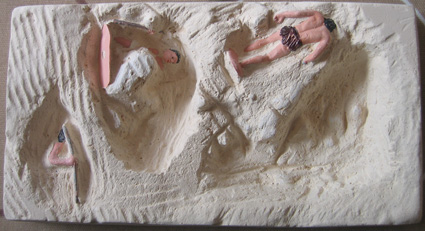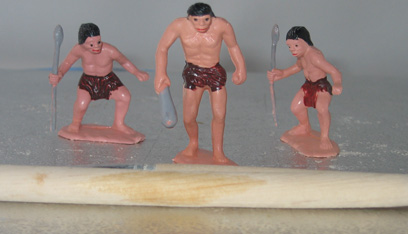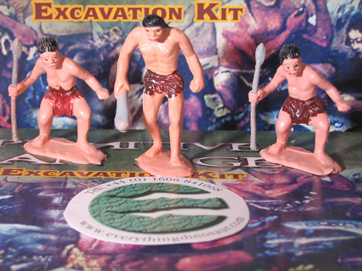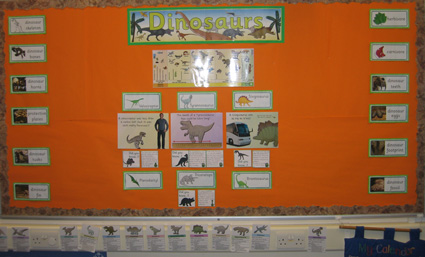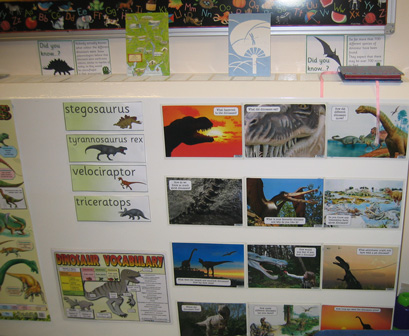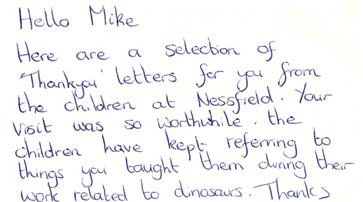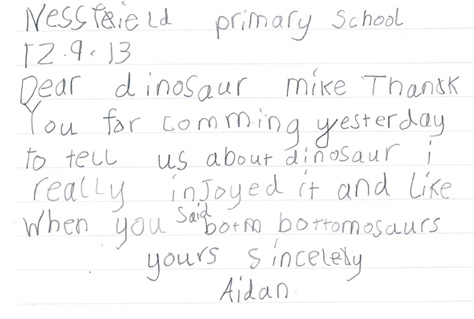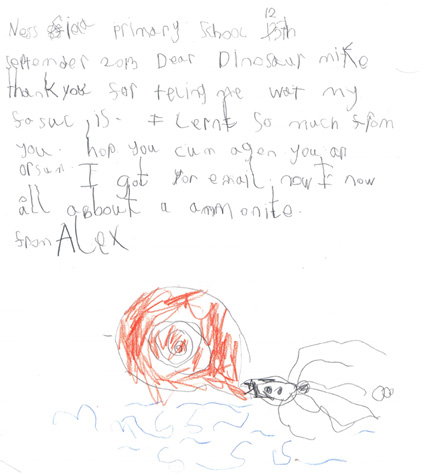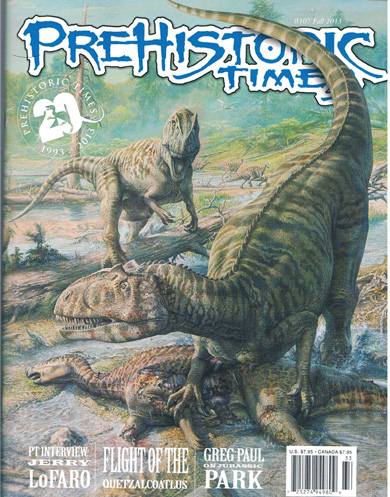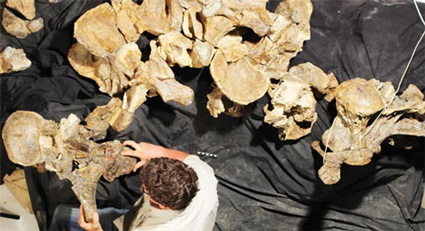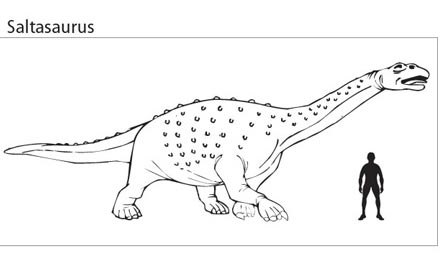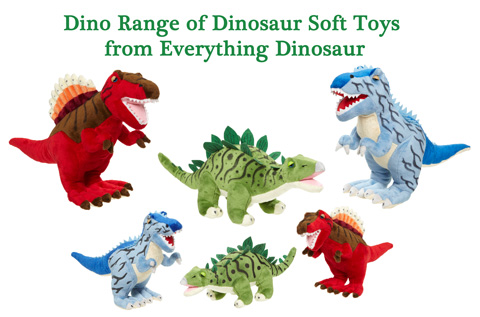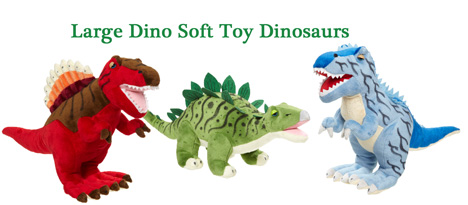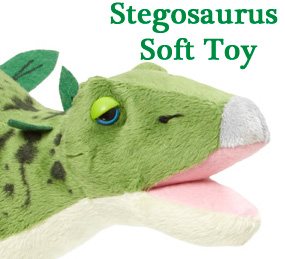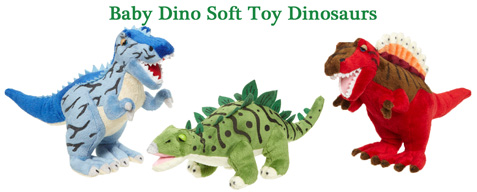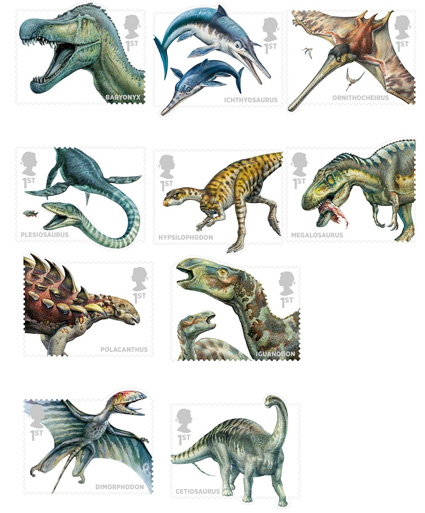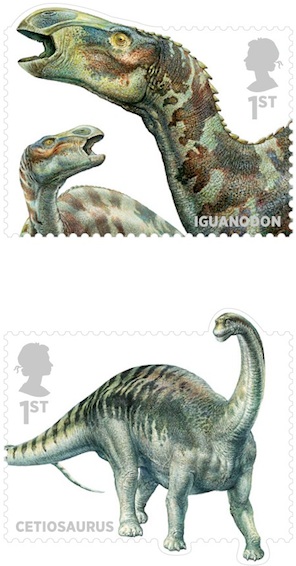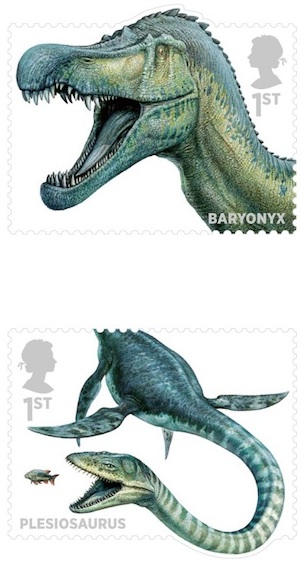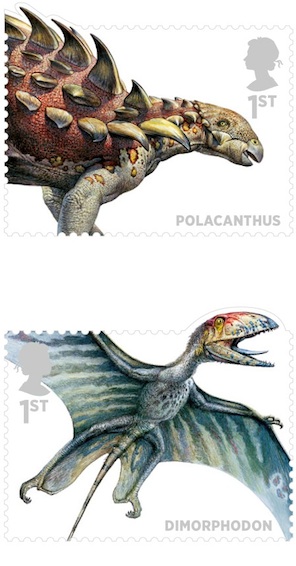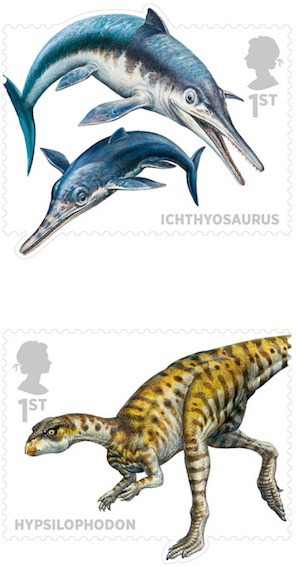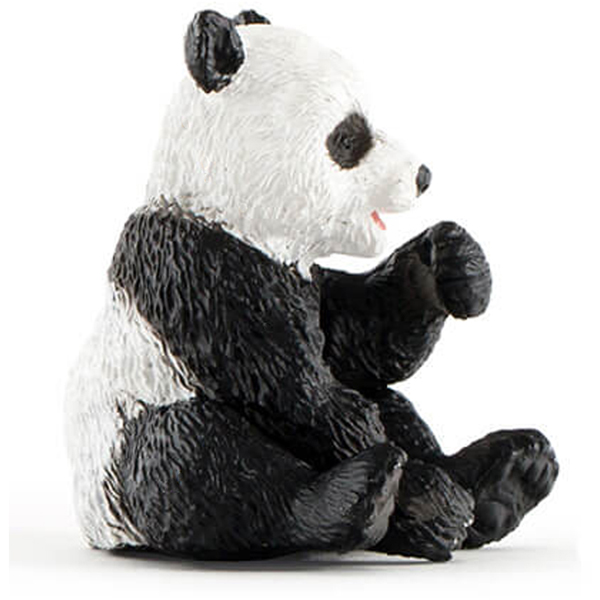Stone Age Man Excavation Set Reviewed
Stone Age Man Excavation Kit Reviewed
The latest excavation kit has just been added to Everything Dinosaur’s range. Time to excavate a trio of troglodytes with this new addition to the company’s educational excavation kits. The “Stone Age Man Excavation Kit” consists of a plaster block in which three models of cavemen have to be found. Digging tools and a handy magnifying glass are also included. Most kits of this kind contain objects that once excavated can be put together to form a dinosaur skeleton, but in a twist, this dig kit has hidden cavemen for the young palaeontologist (or should that be young palaeoanthropologist) to excavate.
The Stone Age Man Excavation Kit
Picture credit: Everything Dinosaur
The picture above shows the packaging and the kit’s contents (large plaster block, digging tools including a brush and a magnifying glass).
Stone Age Man Excavation Kit
Our testers put plenty of newspaper down to help minimise the debris left by the enthusiastic excavators, the block is sealed in a plastic cover and once this has been removed the digging tools can be used to chip and scrape away at the soft plaster until a figure is found. The plaster is quite soft, but some parts are harder than others, fortunately, the wooden digging stick with its pick at one end and scraper at the other is more than capable of breaking up the plaster.
On of our testing teams commented that having a plastic tub close by into which some of the debris from the block could be put was helpful. From time to time, the block was turned upside down over this tub to permit the bits that had been chipped away to be put straight into this tub before transfer to the bin.
Excavating and searching for the cavemen models was surprisingly therapeutic. Mums and dads also joined in the hunt too. The block is quite substantial and it took over an hour to expose the figures. The children were excited and got very involved with the excavations, they loved scratching around with the digging tool, and brushing off the debris.
Using the Tools to Dig Around the Plaster
Picture credit: Everything Dinosaur
Digging out the Models
The picture shows one of the grown-ups helping out by picking away at a piece of plaster close to one of the bases of the cavemen figures. It is a good idea to put newspaper down or as one tester suggested, to excavate the blocks outside. Another tester recommended rolling up the children’s sleeves before starting, this ensured that cuffs did not get dusty.
A Part Finished Block with the Models Exposed
Picture credit: Everything Dinosaur
The models were easy to spot (pink models against an off-white coloured plaster), once spotted, a little bit of care and patience is required to complete the job of digging out the models. Testers found that once they had located the figures, the block could be turned upside down and excavated from the other side down to where the models were located. Each block contains three cavemen figures, the contents of the kits does vary and nobody was sure what cavemen they had got until the models had nearly been dug out.
Six Different Figures
A panel on the side of the box shows pictures of the six available figures, which proved to be extremely helpful when trying to identify the replicas and think of where to excavate next. It took over two hours for the models to be excavated, but the time flew by and the children were so busy concentrating on the job in hand that they did not notice how long (or how quietly) they had been working. As the plaster is quite brittle and pliable, the children could easy make progress and see where they had been digging.
There was little effort involved although we would recommend that this item is for children from 8 years and upwards. However, younger children can certainly have a go and many of the Mums and Dads enjoyed helping out as supervisors and extra excavators for the slightly younger children. The figures have spears and clubs in their hands so care is required to dig around these items, but once a figure is nearly exposed the relevant piece of block can be broken off and then placed in a small bowl of water to allow the last bits of plaster to be washed off.
It is inadvisable to pour the plaster remains down the sink, this could result in a blocked pipe, best thing to do was to use a paper towel to catch the bits of plaster and these could then be safely placed in the bin.
Typical Cavemen Models Excavated from the Kit
Picture credit: Everything Dinosaur
Models are Great for Creative Play
The models stand about 5 cm tall and they are great for creative, imaginative play. The six models show Stone Age people in various poses, one making flint tools, one about to throw a boulder, whilst another depicts a person chipping away at some rock, rather in the same way that we chipped away at the plaster block as one young person pointed out.
To view the range of excavation kits and prehistoric animal themed items available from Everything Dinosaur: Dinosaur Craft Ideas, Toys and Games.
This is an interesting and novel addition to the Everything Dinosaur dig kits range and is a great exercise, with the children using the same tools that real palaeontologists and archaeologists use when they are excavating specimens.
The Results of our Efforts – Three Cavemen Models
Picture credit: Everything Dinosaur
It was noted that this kit makes a super addition to a home educator’s set of resources and that project work could be undertaken around the subject of what palaeontologists/archaeologists do, what the Stone Age was like etc. using this excavation kit as a basis for the study.




